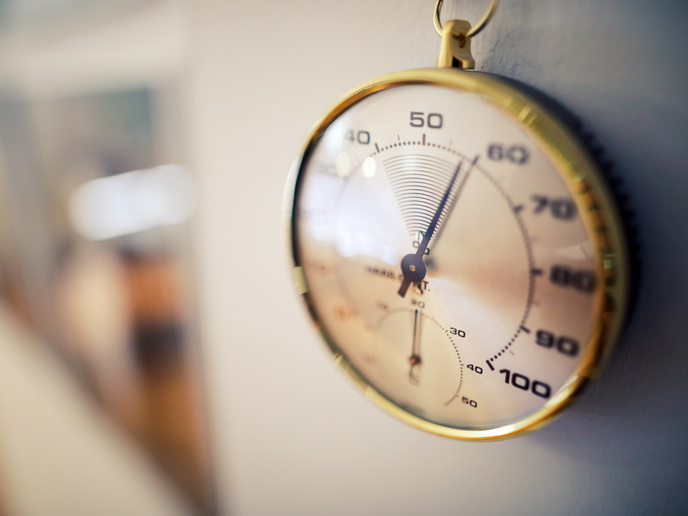Preserving our cultural heritage the energy efficient way
There is a whole unseen story behind the exhibits we get to enjoy inside museums. Many exhibits’ survival is dependent on the indoor temperature and humidity conditions in museums. Monitoring and control of fluctuations in indoor temperature and humidity is therefore a crucial task, so museums struggle to strike a balance between ensuring their collections’ long-term survival and providing public access to their collections. A drawback in the current paradigm ruling the control of museums’ indoor environments is that it is still very restrictive when it comes to set points for temperature and relative humidity conditions. In addition, conservation professionals are cautious about adopting wider set points. The SMARTMUS-E project proposes a relatively easy methodology to assess to which extent set points for temperature and relative humidity could be enlarged without compromising conservation. By combining material degradation analysis with environmental monitoring, the project intends to revolutionise conservation efforts and energy efficiency in museums worldwide. SMARTMUS-E’s proposed method would make it possible to evaluate material changes objectively. Conservation professionals will be able to estimate how safe the museum environment is in historical buildings, equipping them with the knowledge needed to adapt to climate change. They will also be able to optimise energy consumption by allowing wider yet safe fluctuations of temperature and relative humidity in museums with mechanical air conditioning systems. Since its launch in August 2023, the project has succeeded in engaging several professionals from a wide range of fields, including conservation, chemistry, mathematics and management. This will ensure interdisciplinary interaction and cooperation, meaning that conservator professionals have experience noticing what conditions have been more harmful for the collections in the past, and then chemists can focus their investigation on materials under these conditions. Mathematicians are currently analysing past records of temperature and relative humidity data, so chemists and conservators can have an idea of the past conditions that art collections have been subjected to and can infer if collections will still be safe under climate change conditions. SMARTMUS-E has also placed mock-up samples of oil paintings in different historical buildings and is monitoring environments and carrying out first chemical analyses.
Looking to the future
Future plans include developing new analytical approaches using state-of-the-art techniques such as ion mobility-mass spectrometry and supercritical fluid chromatography-mass spectrometry to better assess how artwork behaves under stress from temperature and relative humidity fluctuations. Combined with analytical techniques more commonly used in the field of cultural heritage such as infrared spectroscopy, this will enable more detailed characterisations of material changes and their link to the museum environment. “In the future, it will also help museums and cultural institutions to improve energy management in order to comply with the European Union’s zero-emission policy,” explains Dr Paola Lucero, Marie Skłodowska-Curie Actions postdoctoral researcher in the project at Czechia’s Palacký University Olomouc supervised by Prof. Karel Lemr. In the coming months, SMARTMUS-E also plans to develop a time series analysis of the historical climate inside the case study museums and its relationship with outdoor climate. This is considered a fundamental step for gaining insight into the potential impact of climate change on collection conservation. Dr Lucero believes that the SMARTMUS-E (Smart management of energy and costs in museums. A chemical background for a control methodology for Temperature and Relative Humidity fluctuations) project’s main impact will be to help guide participating institutions towards more sustainable management of energy consumption and a decrease in energy needs. “The knowledge of historical buildings’ behaviour and their capacity to dump outdoor weather variations will also be available to other European cultural heritage institutions,” the researcher concludes. If you are interested in having your project featured as a ‘Project of the Month’ in an upcoming issue, please send us an email to editorial@cordis.europa.eu and tell us why!
Keywords
SMARTMUS-E, museum, temperature, humidity, relative humidity, conservation, energy, energy consumption, material degradation analysis



